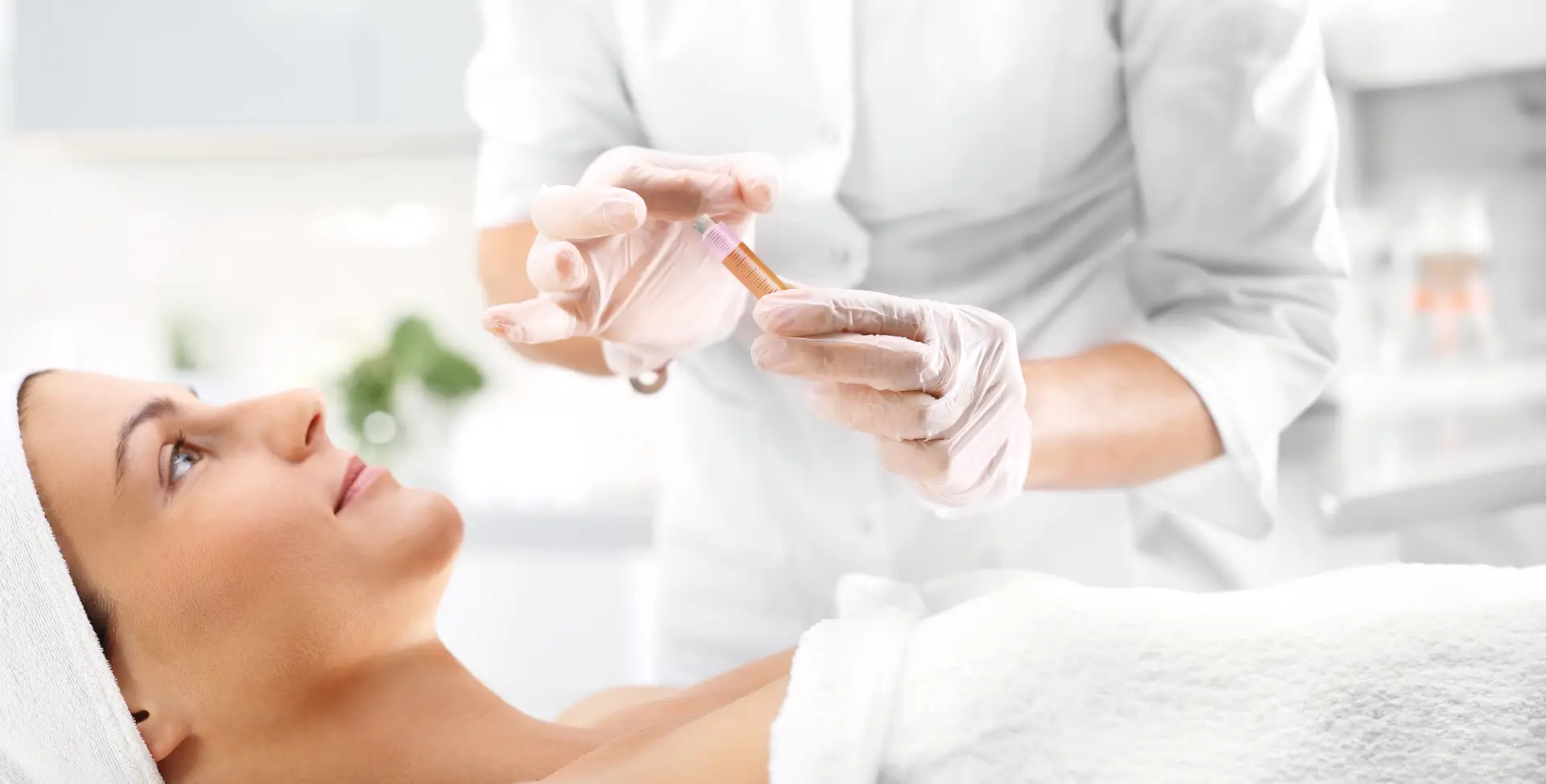

This section provides information on the most frequently asked questions by our users. If you have any questions while using our website, you can contact our support team. We will be happy to assist you.
PRP is the concentrated form of blood rich in platelets.
Platelets are blood cells responsible for clotting, wound healing and tissue regeneration.
In cases of injury that cause bleeding, platelets become activated and release proteins and growth factors (VEGF, IGF, FGF, PDGF, EGF, TGF-β) stored in their granules.
The growth factors within platelets serve the following functions:
When PRP is injected into tissue, it releases growth factors more abundantly and rapidly than normal blood, promoting more effective, faster, and earlier healing.
Individuals with platelet counts below normal levels
Before undergoing PRP treatment, individuals should inform their doctor about any medications and medical conditions and consult them regarding the suitability of the procedure.
The tubes used in the PRP application should be medical devices that have undergone the necessary certification processes and have proven biocompatibility and sterility. The accessories included in the kits must be subjected to appropriate sterilization processes.
Products providing closed-system PRP application carry no risk of contamination because they do not allow contact of patient blood and collected PRP with external environment. When applied correctly, there is no risk of transmission of blood-borne diseases such as AIDS or hepatitis.
PRP is an autologous application, that is, PRP injected to the patient is obtained from the same patient's blood. Therefore, there are no major risks such as allergies or rejection.
As stated on the products, all materials used during the applications are single-use disposable materials. All materials must be disposed of as medical waste.
During PRP treatment, patients may experience mild warmth, a slight burning sensation, and a feeling of tightness in the skin.
The needles used for PRP injections are very fine and similar to those used in mesotherapy applications. However, pain-sensitive and highly sensitive patients may still feel the insertion of these thin needles. For such patients, measures like topical creams or cold applications can be used to minimize discomfort.
The pain experienced during the procedure is generally described by patients as "mild."